Camouflage & Markings – Hawker Woodcock
The Woodcock was designed as a night fighter to meet an RAF requirement in 1922 and the first prototype, Mk. I, with a Jaguar II engine, flew in March 1923. This aircraft had a number of serious problems and was redesigned with a Jupiter Mk. IV engine as the Woodcock II, first flying in July 1923. Production aircraft with full night flying equipment were delivered to 3 Squadron in May 1925, followed by 17 Sqn in March 1926. Only two dedicated night fighter squadrons were equipped with them. They were replaced by Gloster Gamecocks in 1928 but others continued, mostly for training, until 1936, including the two-seat dual control IIDC version.
As usual they were painted silver with grey noses and the coloured squadron markings.
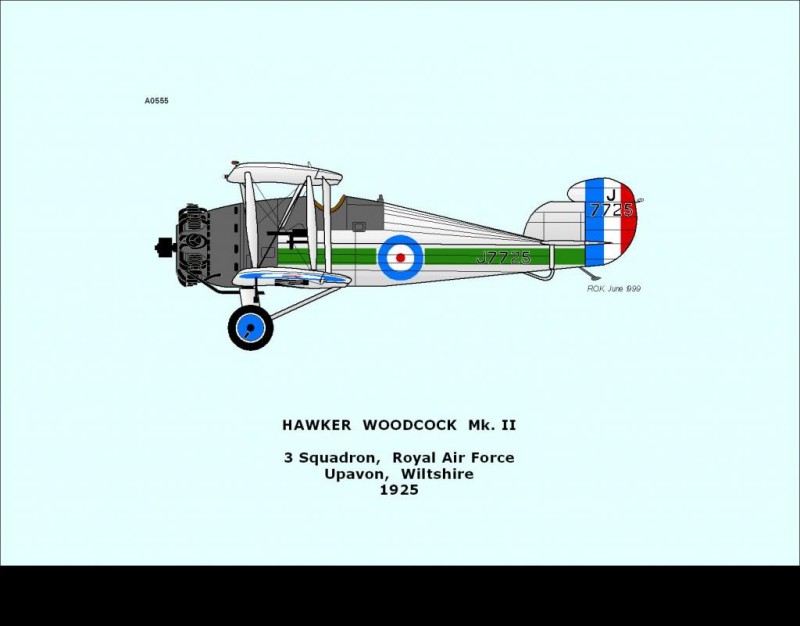
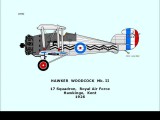
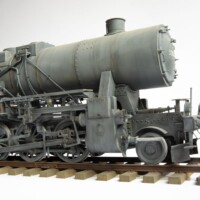
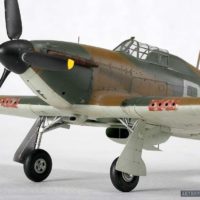
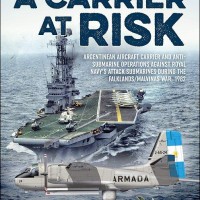
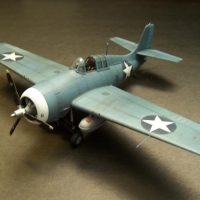
The first time i have heard from the Woodcock, so thanks for sharing.
Must have been an impressive sight (and sound) to see a squadron of those flying overhead.
It's very much the least known of the early RAF fighters, in spite of being the first one of the long line produced by the Hawker company. You can see from its lines how Hawker was formed from the failing Sopwith company shortly after WW1 - similarity with the Snipe, especially in the tail.
Very nice Rick. The rear fuselage of the Woodcock has a similar shape to that of the later Hawker Hurricane. Maybe my eyes are deceiving me.;-)
Thanks Morne, I'd never noticed the rear fuselage shape before but I see what you mean now, with its straight lines and the steep angle down to the fin.
Hey Rick,I have been enjoying this series very much but only just read your profile,I didn't realise they were your own artwork,very impresive,are they available to buy ?
N.
Hi Neil, thanks for the very kind words about the drawings..Years back in the 1990's I did used to sell prints of them but there was no great interest in buying them, especially from the UK, so I gave up on the idea as not worth it. I'm of a vintage 21 years older than yours and can't walk too much these days so all the packaging and posting involved is not possible for me any more.
If any iModeler members want copies of them, you're very welcome to download and print them. They do look very nice printed up on A4 or even A3 photo paper, which I sometimes do for myself...Rick
Rick , I would love to know more about how you produce your work and I'm quite sure others on this site would too , to the untrained eye these are nice drawings of aircraft, but to scale modelers they are much more, you must have an enormous reference library to refer to not to mention the hours of research involved before putting pen to paper.
More please ,N.
You've guessed absolutely right Neil about having a good library, I've been collecting the books and magazines for many years, hence I became a qualified librarian...I love books.. I did used to "put pen to paper" as you say but since computer graphics became available in the early 90's, it has all been "cursor to screen." Still takes time but it's much quicker than hand drawing, and you can print as many as you want, not just have one finished drawing.
One other thing that helps a lot is having a mathematical brain. I'm glad I concentrated at that at school a long time ago.